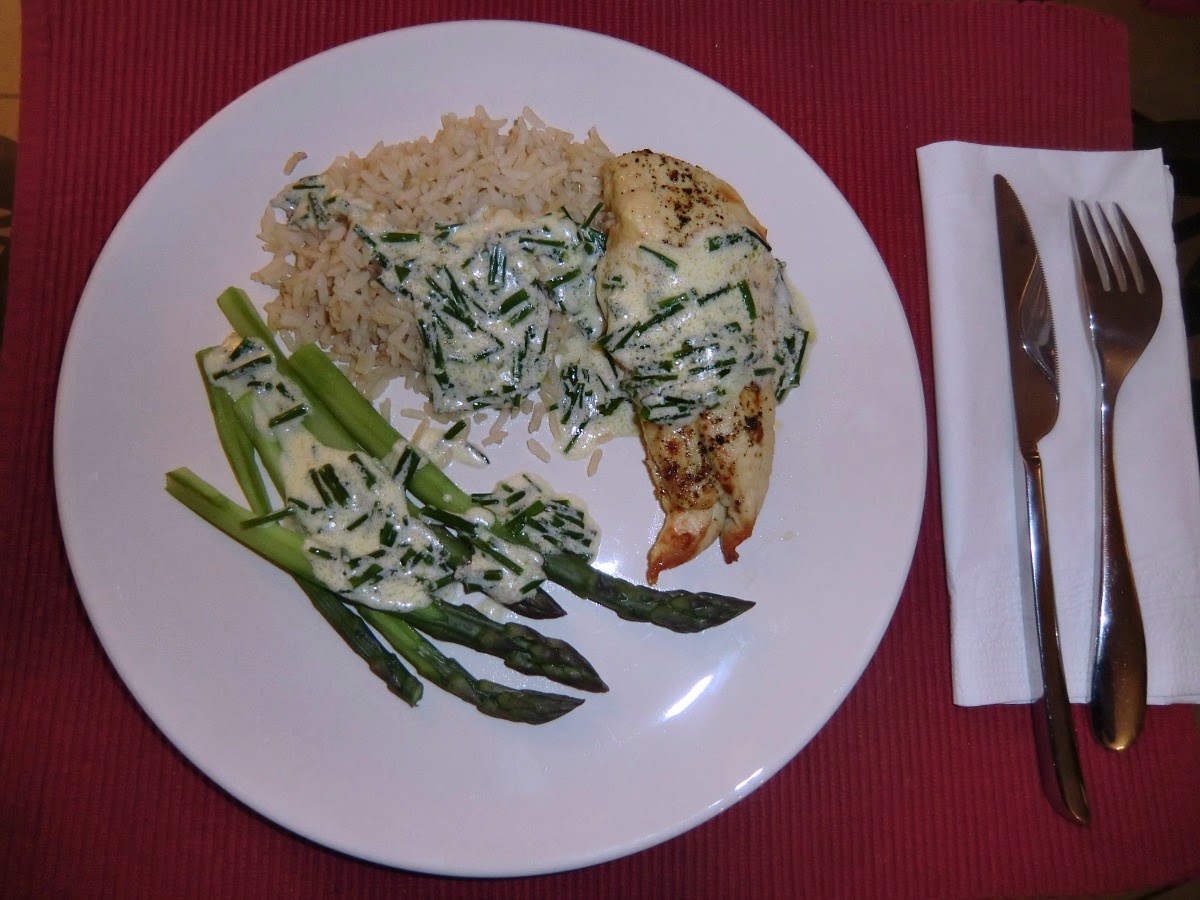From Tourrettes-sur-Loup (artisans' village) to Puy de Naouri
Tourrettes-sur-Loup, about 6 km west of Vence, has a well maintained medieval centre. When driving from Vence, there’s a spacious parking just before the village. From the parking, the village even has free shuttle bus transportation.
Tourrettes-sur-Loup is known as an artisan’s paradise. There are many ateliers for sculpture, jewelry and designer household items, all pretty classy and expensive-looking. In spite of this, the village has none of the touristic feel that some other similar villages in the region have. The town hall is in a small castle with a free art exhibition. The village is also famous for its violet festival. There was a market on the day we visited the village. Unfortunately we did not have time to explore this as we were heading for our hike and showers were forecasted for the afternoon. The market seemed to have quality products, so we have to come back later. Our goal was Puy de Naouri (1024 m) above the village (400 m).
The hike follows the trail suggested by the randoxygène guide. The initial part ascends through rather affluent residential areas before continuing in the woods towards north. The trail joins Grande Randonnée for about 1 km heading west then bifurcates left towards the mountaintop. The route actually circles around the whole mountain. Signposts are clear enough and the rest of the trail has yellow marks. The descent is rapid; consider using poles because of loose stones. From a place called Le Caire the descent is along a paved road about 2 km before turning left and eventually reaching even a more upscale residential district called Les Virettes.
The guidebook rates this hike as sportive. We agree with that. The trail is easy but distance is 13 km including the longish ascent.





















